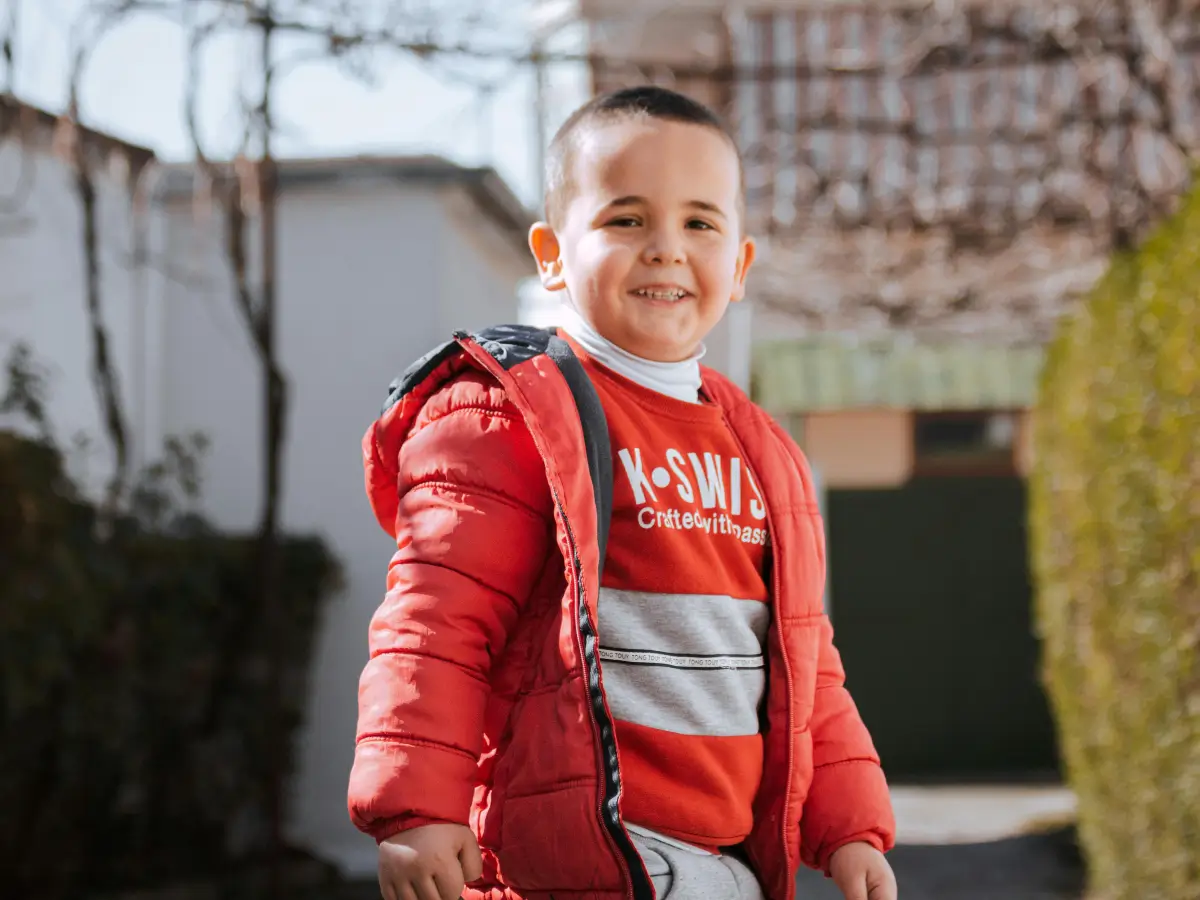If you’ve spent time in Albania, you’ve probably noticed a moment of awkward confusion — someone shakes their head and says “yes,” or nods and says “no.” For many visitors, Albanian head gestures seem completely reversed from what they’re used to.
But in Albania, these gestures are not mistakes or misunderstandings. They are part of the culture, with deep roots in regional expression, history, and communication style. Understanding how Albanians use head movements will help you avoid confusion and feel more confident in conversations — especially in non-verbal situations.

The head shake that means “yes”
In most countries, shaking your head side to side means “no.” But in Albania, this gesture — done subtly and usually paired with eye contact — often means “yes.” It’s a small movement, not a full shake, and it’s frequently used in conversation as a way to confirm or agree silently.
This habit can confuse travelers quickly. A waiter might bring a menu, ask if you want something, and when you nod, they pause. But when you shake your head, they smile and say, “Okay.”
It’s not a trick — it’s a reversed gesture that takes getting used to.
The nod that means “no”
What makes things even more confusing is that nodding the head slightly up and back, which many foreigners use to say “yes,” can mean “no” in Albania.
This upward flick of the head is often accompanied by a slight frown or the raising of the eyebrows. It can look like hesitation, but it’s a polite way to decline or indicate refusal — especially in casual conversation or among strangers.
You might offer someone food or a product, and they’ll do the quick upward nod. That’s not interest — that’s a clear “no, thank you.”
Why it’s different
These head gestures likely developed during times when non-verbal communication was safer or more effective — especially under occupation or during Albania’s long periods of isolation. In small communities or during foreign rule, subtle movements became a form of private language.

While not all Albanians use these gestures exactly the same way, they remain common — especially among older generations and in rural areas. Younger Albanians in cities may adopt more Western gestures, but many still mix both styles depending on the situation.
How to avoid misunderstandings
If you’re unsure what someone means during a conversation, look at the context and tone rather than the gesture alone. Most Albanians will clarify verbally if needed, and a polite question is always better than guessing wrong.
To help avoid confusion, here’s a quick guide:
-
Slight head shake side-to-side → Likely yes (especially if accompanied by eye contact or a smile)
-
Quick upward head nod → Likely no (especially if accompanied by a neutral or serious face)
-
Verbal confirmation → Always the best way to check
-
Facial expressions and posture → Often more important than the gesture itself
Even locals sometimes laugh about the confusion — it’s a quirk they’re used to, and they rarely take it personally if a visitor gets it wrong.